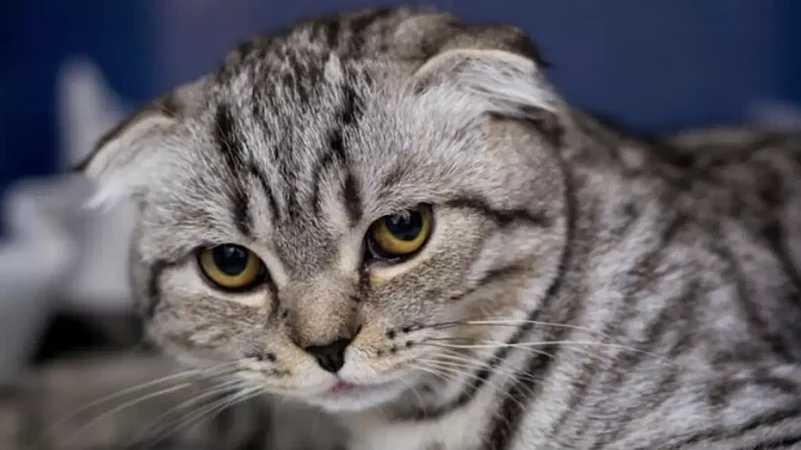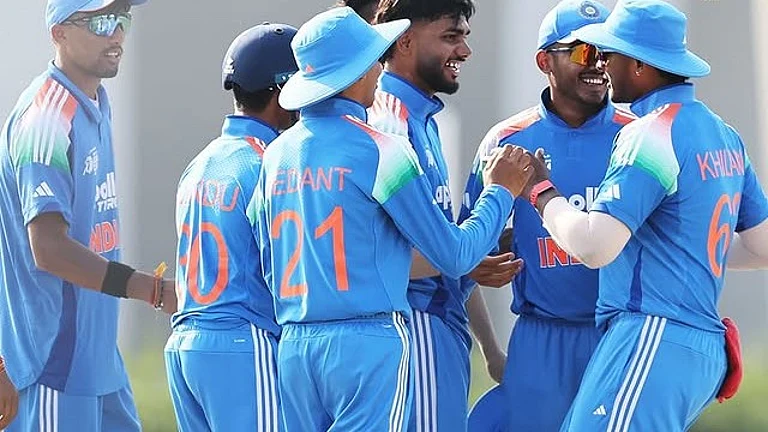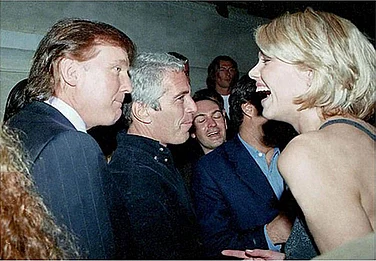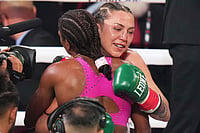Persian, Himalayan, and Burmese cats are some of the brachycephalic cat breeds with the most widespread recognition. The skull bones of brachycephalic cats are shortened in length, giving the face a pushed-in appearance while the nose is short. Although many people find them adorable and appealing, it also raises a number of health concerns.
Brachycephalic airway syndrome
The term "brachycephalic airway syndrome" refers to a particular group of upper respiratory tract abnormalities that affect brachycephalic dogs and cats. Congenital obstructive upper airway disease, brachycephalic respiratory syndrome, and brachycephalic syndrome are other names for this syndrome. These syndrome's linked upper respiratory problems may include stenotic nares, elongated soft palate, hypoplastic trachea, everted laryngeal saccules etc.
Any of the anomalies in the upper respiratory system might increase airway resistance, which raises the effort required to inhale. With more anomalies present, symptoms frequently become more severe. The majority of affected cats in this syndrome prefer to breathe via their mouths rather than their noses. Therefore, mouth breathing is the most frequent symptom seen in cats with this illness.
Other difficulties
Additionally, because of their particular facial form, brachycephalic cats frequently endure eye-related problems, such as prolonged crying and the ensuing tear staining. Cats with severe conditions may eventually experience additional problems, such as inflammation of other airway tissues. Long-term, the greater breathing effort can put the heart under more stress.
Unfortunately, having a brachycephalic cat increases the likelihood that it may experience a variety of health issues, including respiratory problems. These problems mostly result from their heads' unusually shorter form.
Eye problems: Brachycephalic cats may have bulging eyes that prevent their eyelids from closing completely. Increased ocular discharge may result from this, which can be controlled by routinely cleansing the corners of their eyes.
Dental issues: These cats' different skull shapes may have an effect on how their jaws form, which could lead to crooked teeth. In extreme circumstances, their ability to chew and bite may be hampered by this misalignment.
Skin problems: The skin on the faces of many brachycephalic cats is wrinkled. In order to avoid skin problems, it is crucial to keep these facial folds dry and clean.
Although not all brachycephalic cats will encounter these exact health problems, it is advisable to be on the lookout for any signs. Early problem detection is generally preferred because brachycephalic cats' health issues might worsen with age.


























